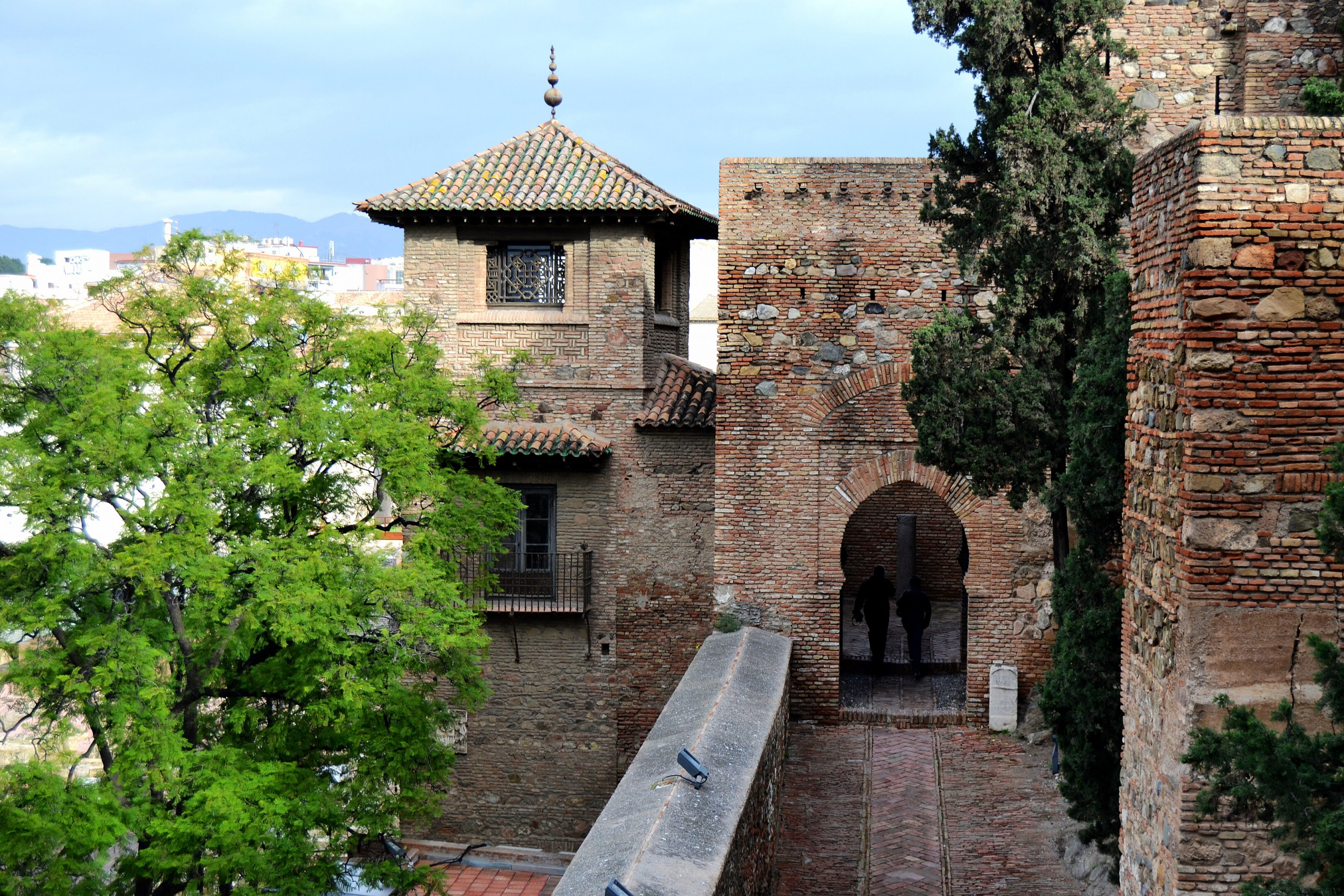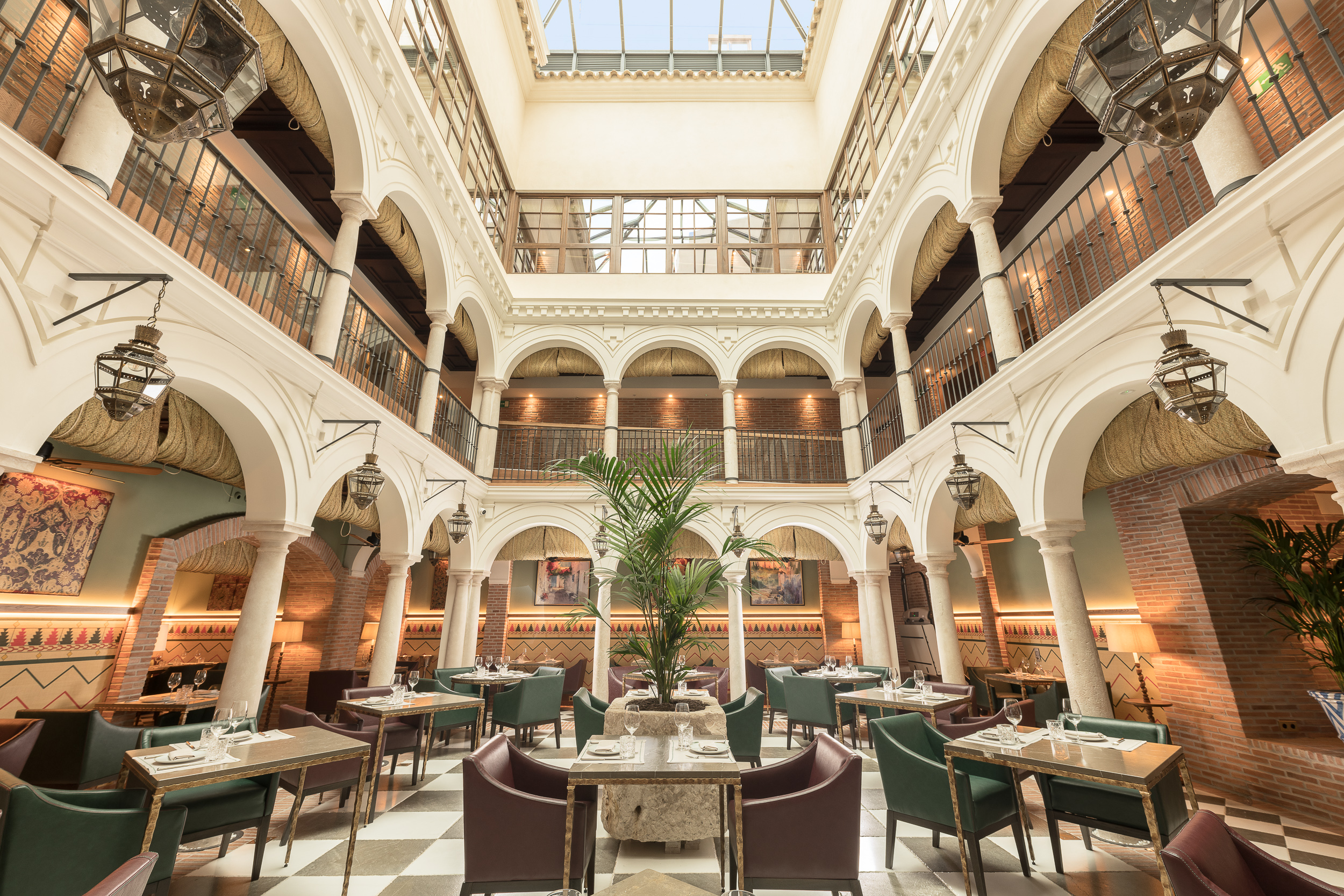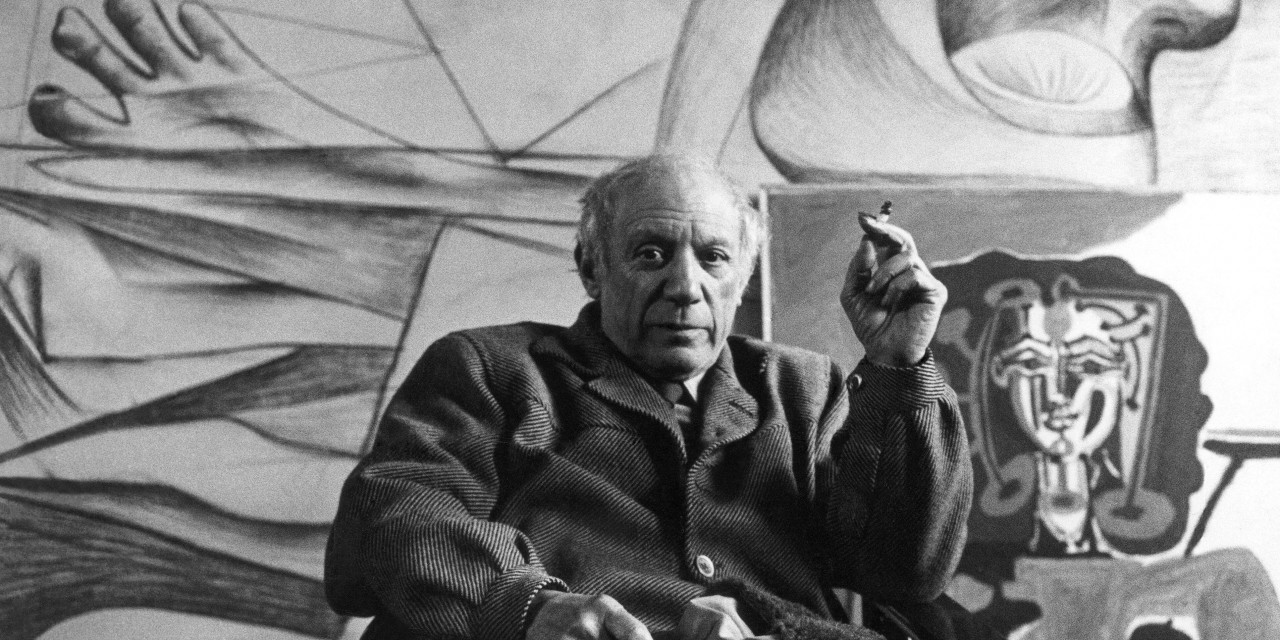Discover the iconic artist’s origins in Málaga’s sun-kissed streets
Words: Will Moffitt
When he died in 1973 Pablo Picasso had cemented his status as a global icon. He was the man who had broken and remade art in his own image, but his dream of building an eponymous museum in his hometown of Málaga had never materialised. It took 30 years for Picasso’s wish to come true in the form of a 16th century palace near his old family home that became a tribute to his life and legacy.
There are many reasons to head to this Andalusian port city, which boasts a rich culture and dining scene, but the Museo Picasso Málaga remains a big draw, pulling in some 700,000 visitors annually. This year, which marks the 50th anniversary of Picasso's passing, will see that figure rise significantly as art lovers and tourists flock to Málaga, enticed by the artist's origin story.
Spanning 70 years-worth of creative endeavour, the place is, somewhat inevitably, a paean to Picasso’s genius, but it doesn’t overlook his personal flaws; not least his reputation as a serial womaniser, painting him as a complex and at times unscrupulous man. There’s a lot to see: the museum houses a permanent collection of 233 works (many donated by his family) encompassing curvaceous nudes and fragmented portraits and playful sculptures.
One highlight is a tapestry of the artist's 1907 painting Les Demoiselles d’Avignon. Still fiercely provocative, the work drew on African art and sexual themes to rupture conventional artistic principles and perspectives, laying the groundwork for the great cubist experiment that followed. The influence of Picasso’s Andalusian roots is also laid bare via recurring motifs of bulls and mythological creatures like pan and the minotaur that populate his frequently violent works.
The battle scars of that Mediterranean history litter Málaga’s central district which is dotted with palm trees, smiley locals and old custard-coloured municipal buildings. Here a crumbling theatre dating back to first-century B.C. resides. It was once a place for Roman entertainment until Barbarian tribes spoiled the show, conquering the citadel and holding sway over it until it fell to the Phoenicians in the 8th century. Hailing from the Levant these inhabitants built some of Málaga’s finest architecture, constructing a hilltop fortress known as Alcazaba.


Above: Málaga’s hilltop fortress Alcazaba, Below: The courtyard inside luxury boutique hotel Palacio Solecio
Offering sweeping views across the city, Alcazaba's ochre-coloured towers and zigzagging alleys are a far cry from your average dusty old fort. Inside there are lush botanical gardens popping with red and pink flowers, and courtyards with shallow pools leading to emerald tiled rooms full of ancient pottery and ceramics.
That sense of lived history runs through Plaza de la Judería, a once ghettoised space in the heart of Málaga’s old town where the Jewish community resided during the Middle Ages under the watchful eyes of a domineering Islamic caliphate.
A short walk away through the maze of cobbled streets, vibrant murals and pastel-coloured houses is the luxury boutique hotel Palacio Solecio. Situated a few steps from the church where Picasso was baptised as a baby, and a short stroll from the house where he was born, Solecio is right at the heart of the Picasso origin story. It also has an intriguing history of its own: named after the Italian owner of an old card factory who exported Macharaviaya playing cards to America and built the 18th-century palace on which the hotel resides.
Delicately revived in 2019 by Spanish architect Antonio Obrador, the 68 room hotel’s decor evokes the Moorish architectural influence outside its walls. The elegant and comfortable rooms are filled with patterned headboards and geometric styling. Its crowning feature, a grand interior courtyard embodies the exotic old world spirit of Alcazaba, giving Michelin star chef José Carlos García space to show off his magic at in-house restaurant Balausta. The menu embodies the hotel's cosy but cultured ethos: there are hearty Iberian staples, but it gently prods you in the direction of local delicacies like suckling goat or pickled quail and axarquia avocado pesto.
Before departing for home no trip to Málaga is complete without a visit to Casa Natal, the modest house at the corner of Plaza de la Merced where Picasso lived as a child until his family left for A Coruña when he was 9. It was here his extraordinary artistic talent was nurtured by his father José Ruiz y Blasco, who was himself a painter.
Now a museum, Casa Natal’s prints and drawings only confirm the obvious: that he was a supernaturally gifted artist from a young age. Alongside candid shots of an older Picasso playing on a beach with his young children is a beautiful series of drawings showing him deconstructing a bull, stripping it down to its barest form in three or four undulating lines. Picasso spent his life trying to paint like a child, and he never forgot the city where he was born.
Starting rates for Palacio Solecio: €179 per night based on two sharing a double room, without breakfast. https://palaciosolecio.com/en/





